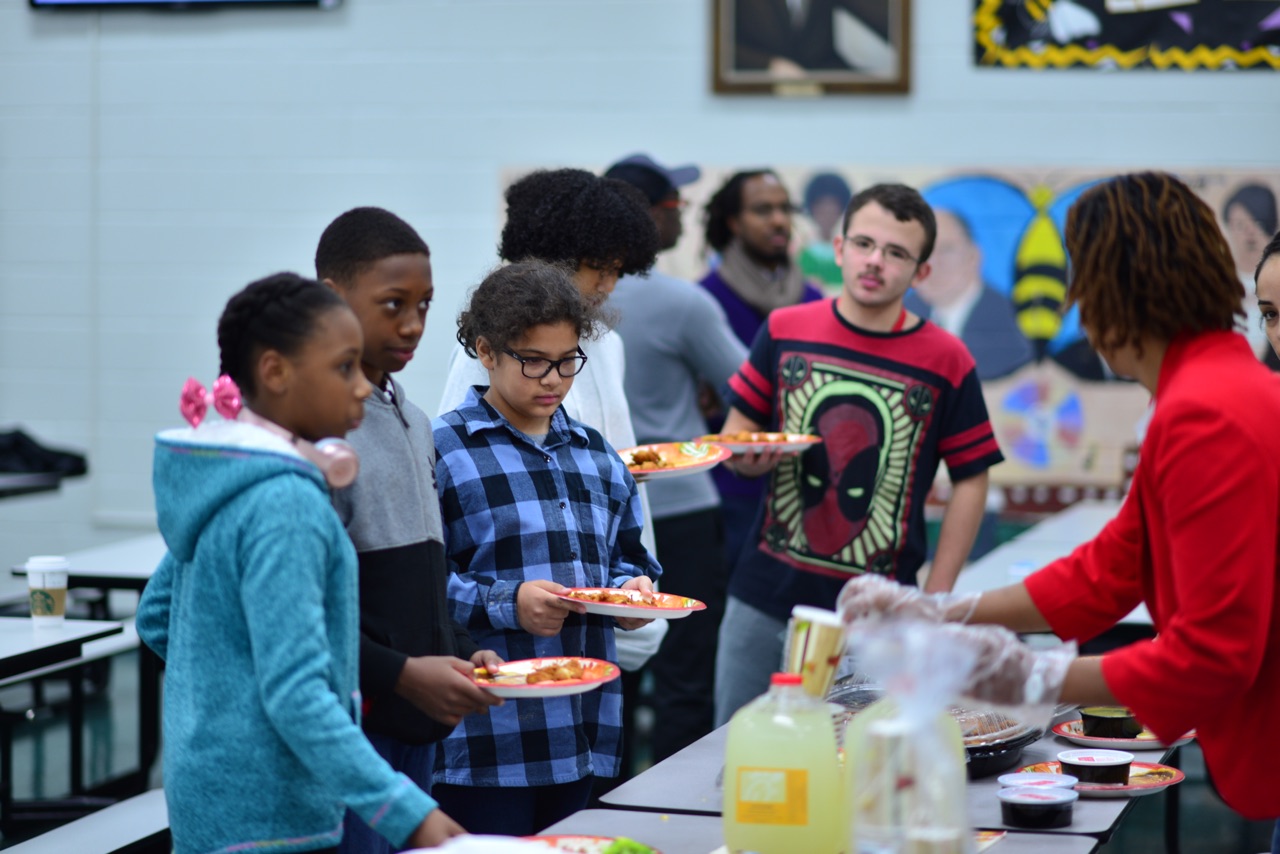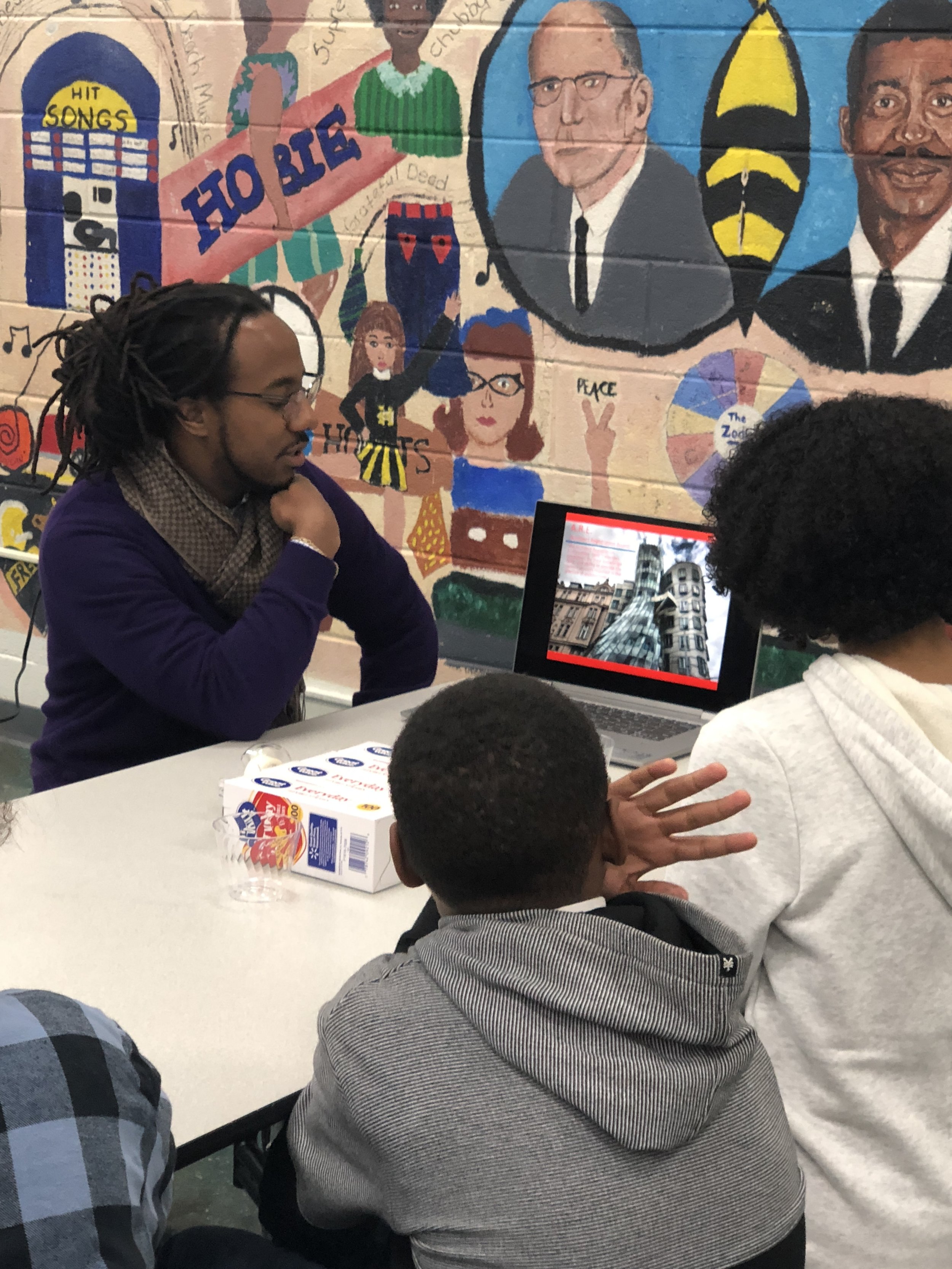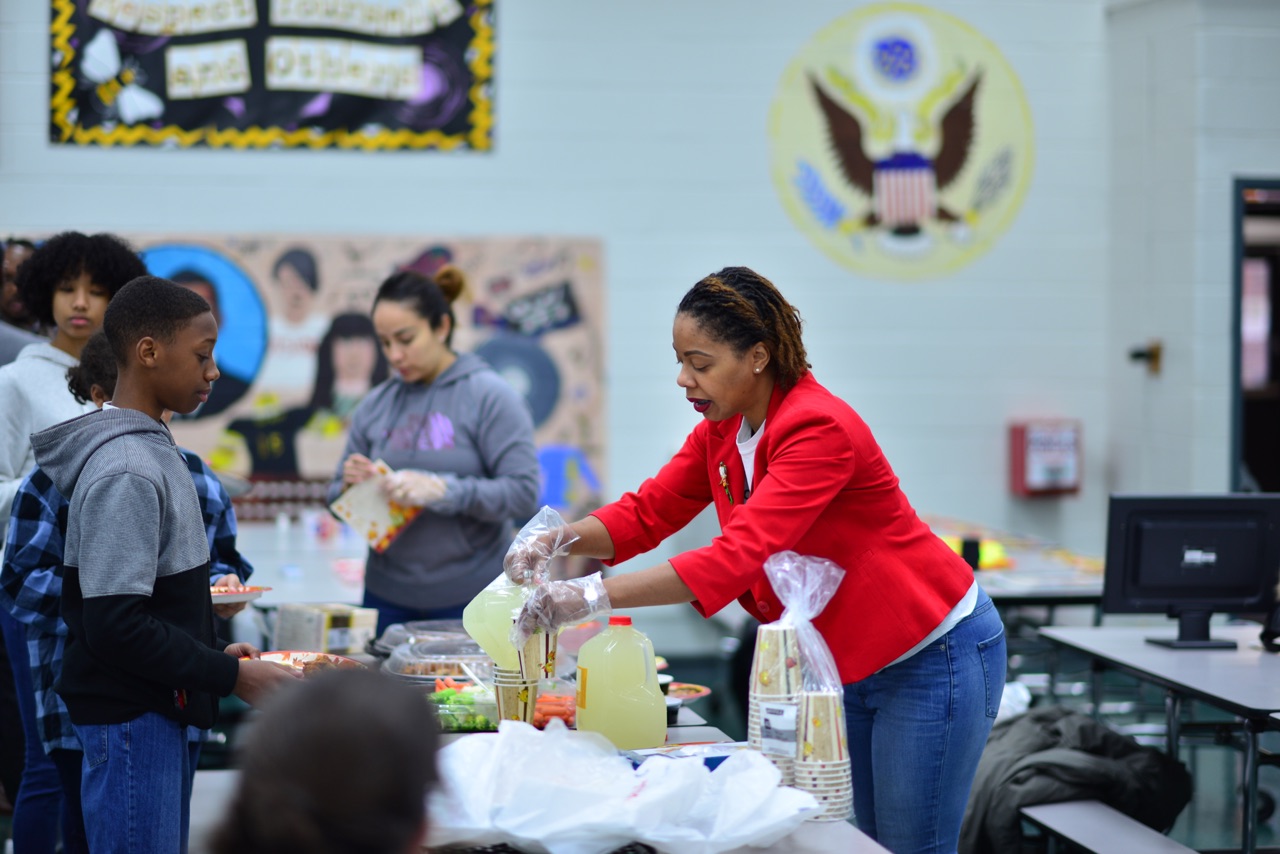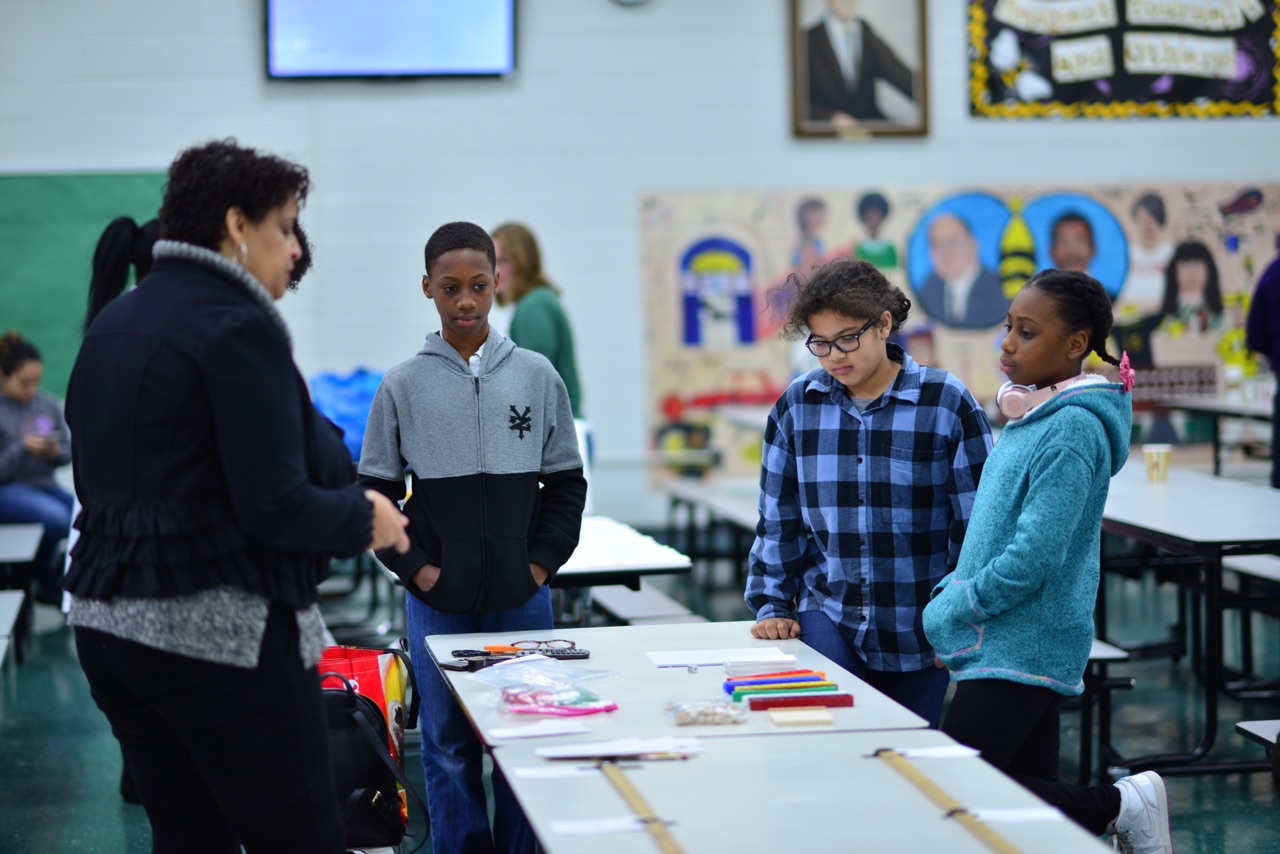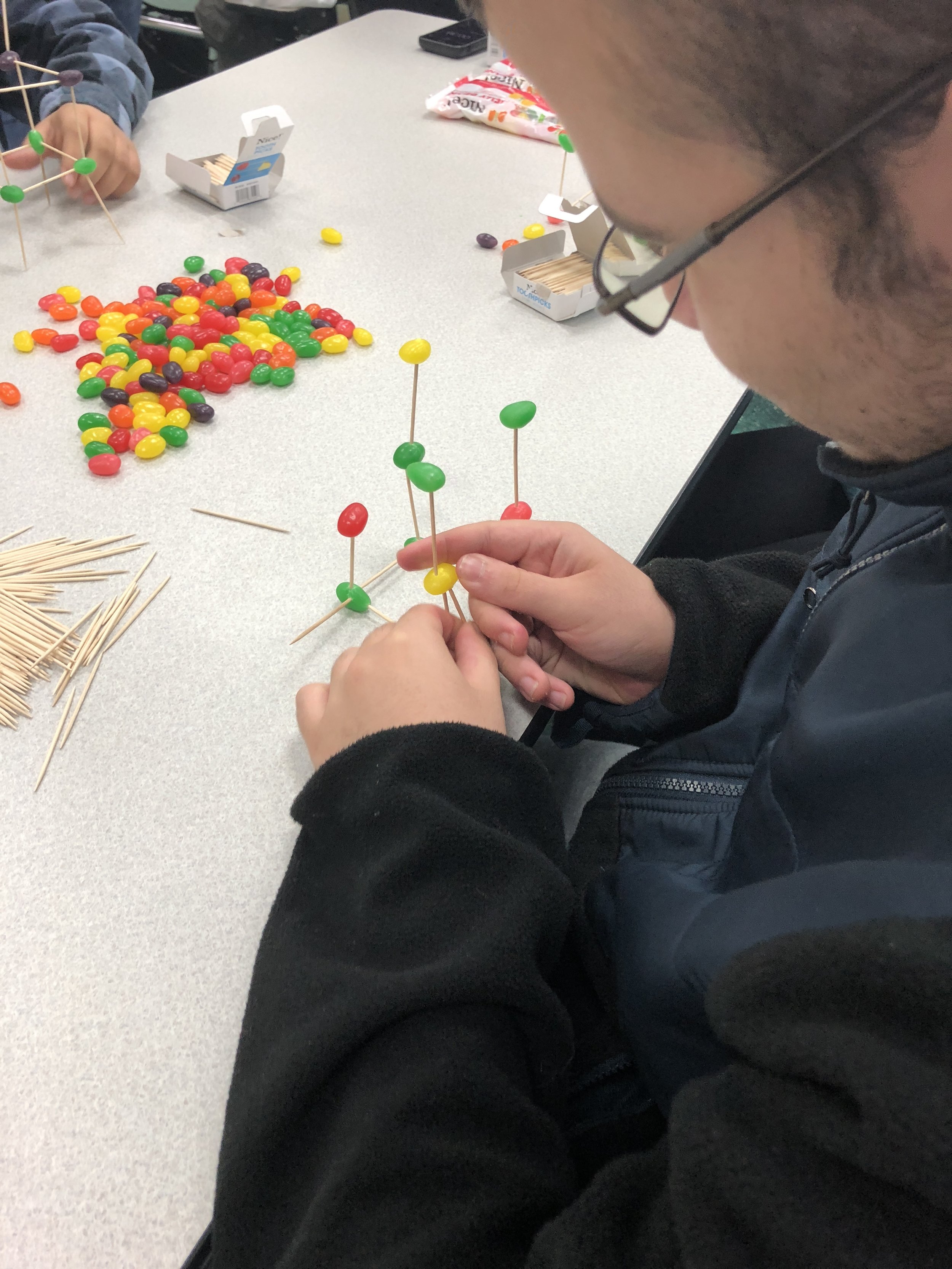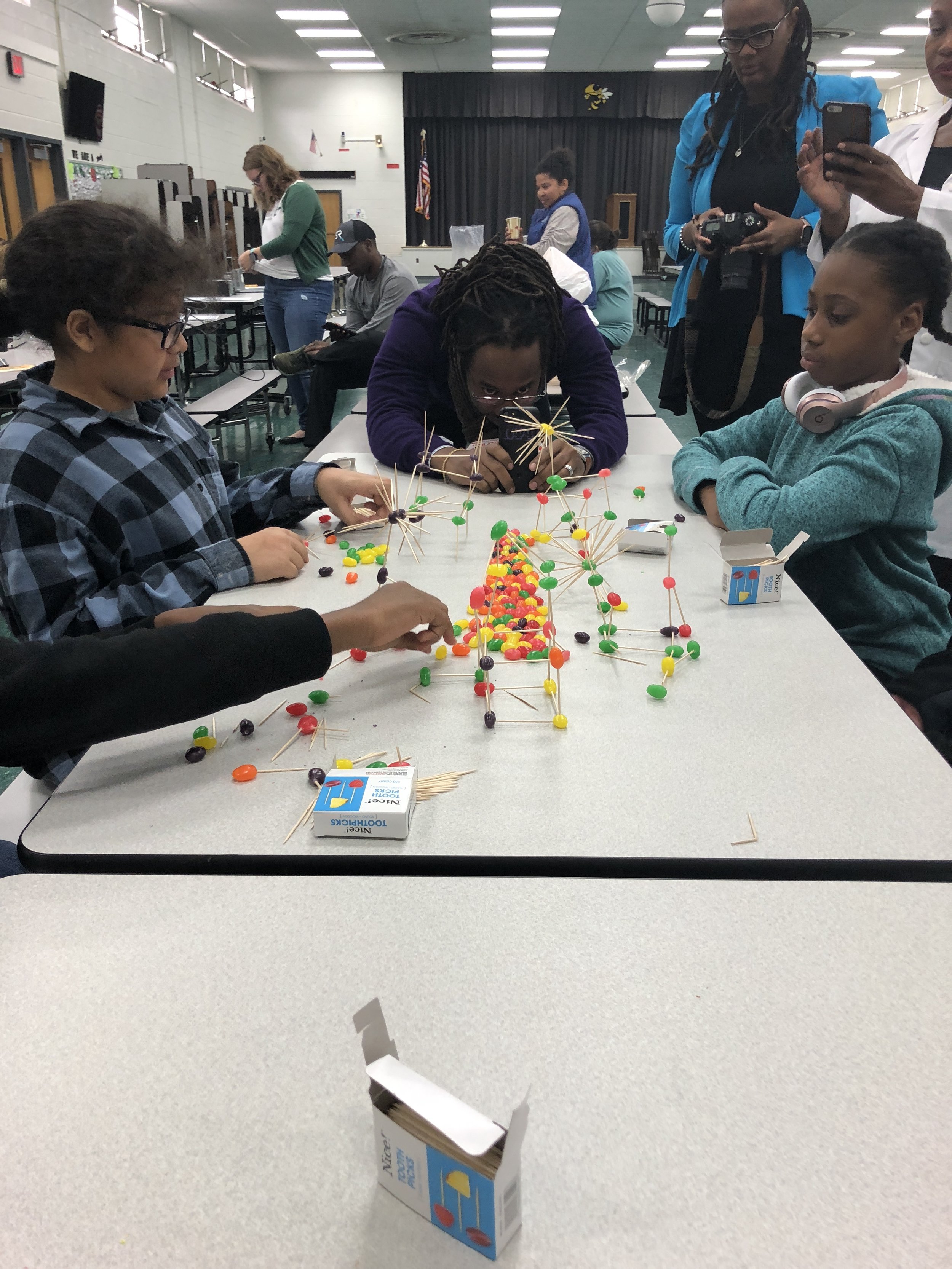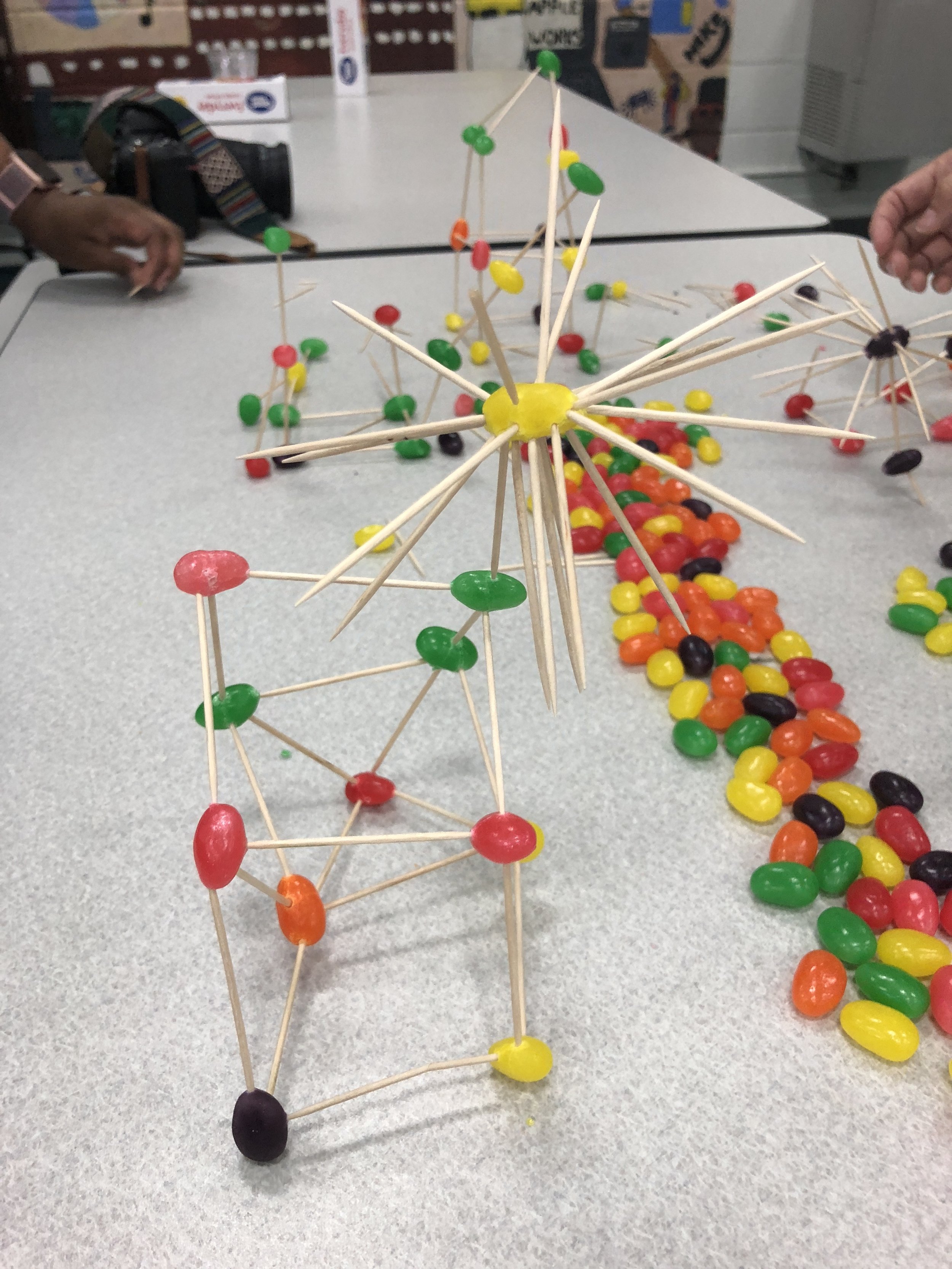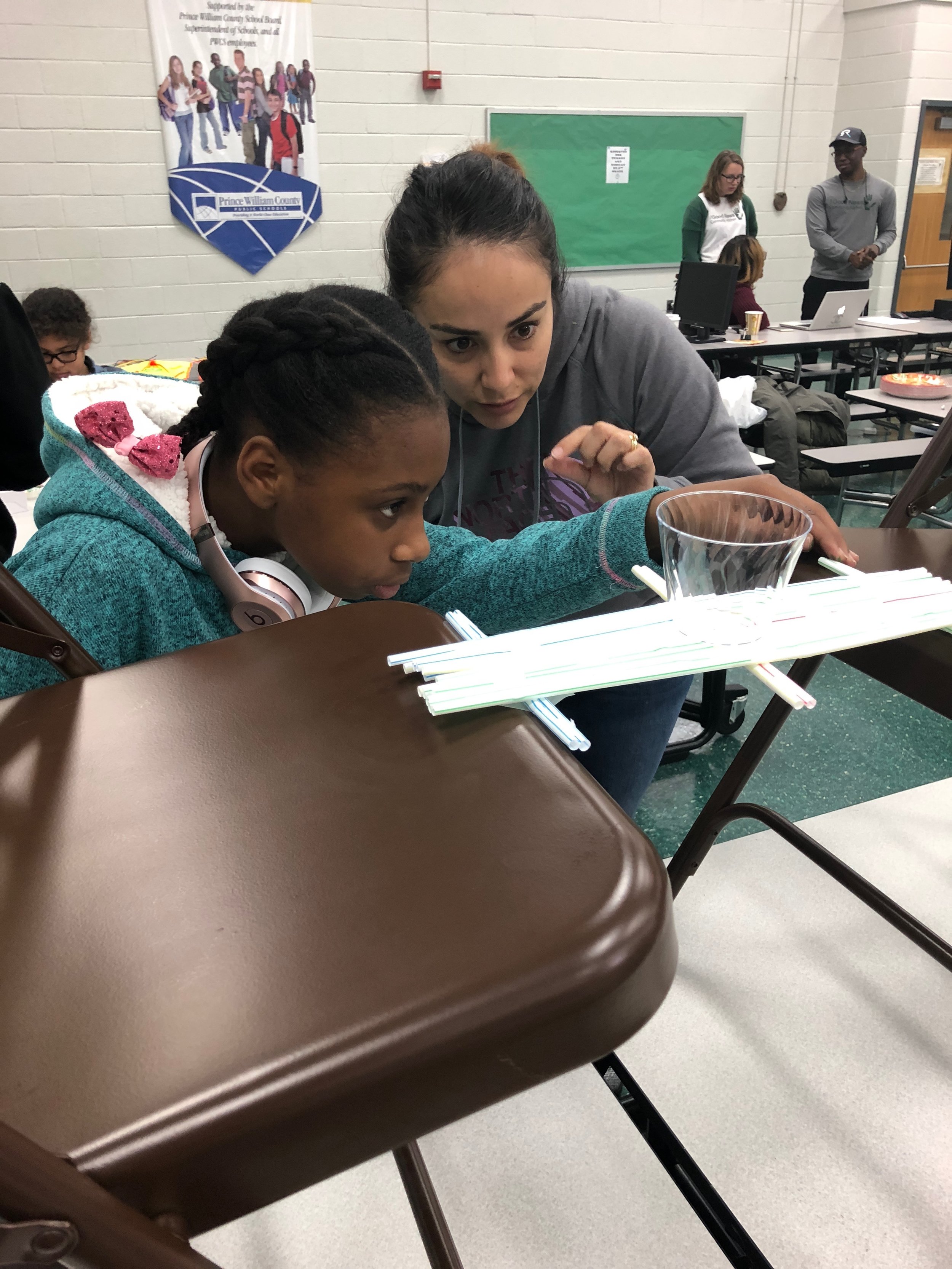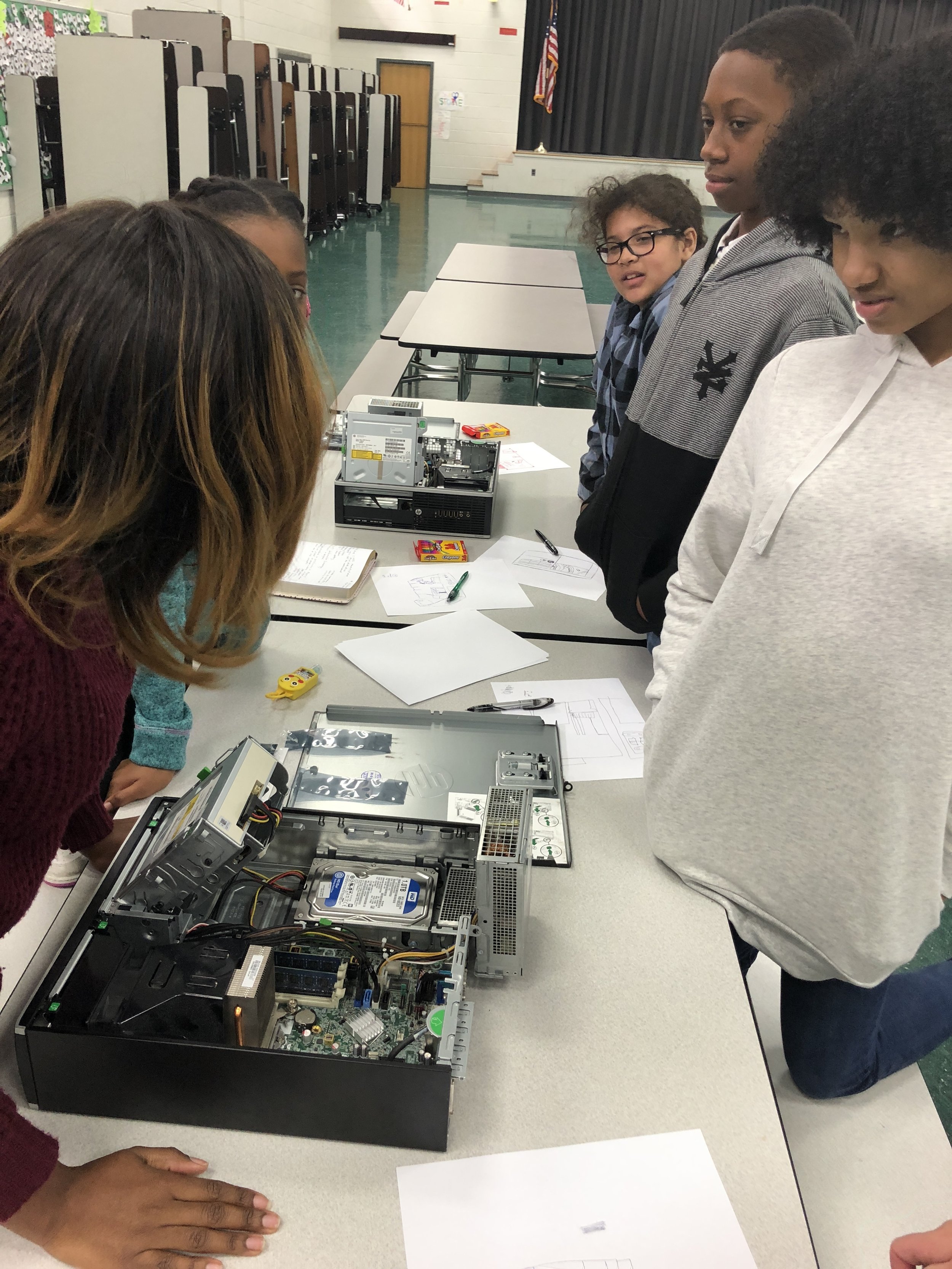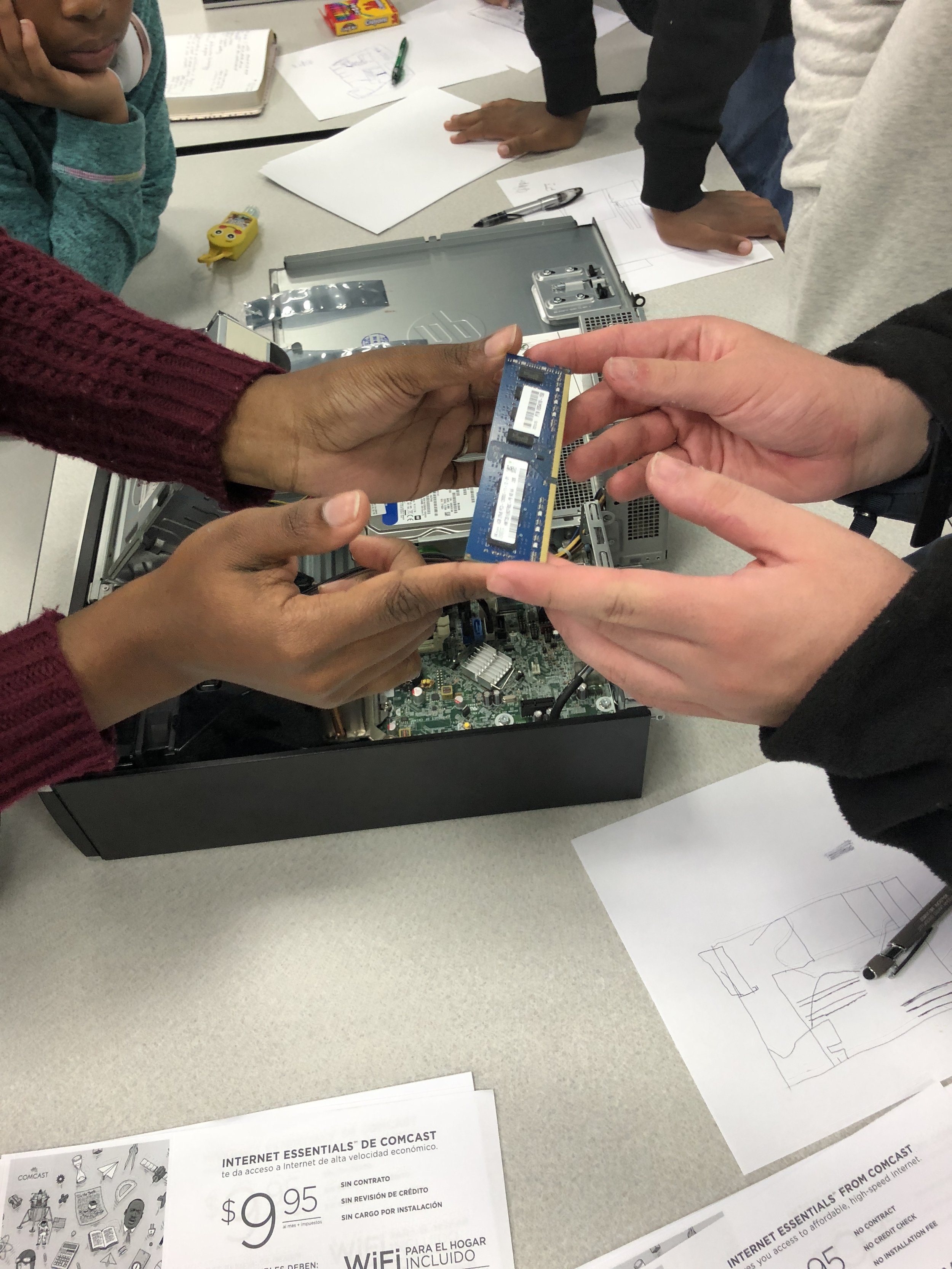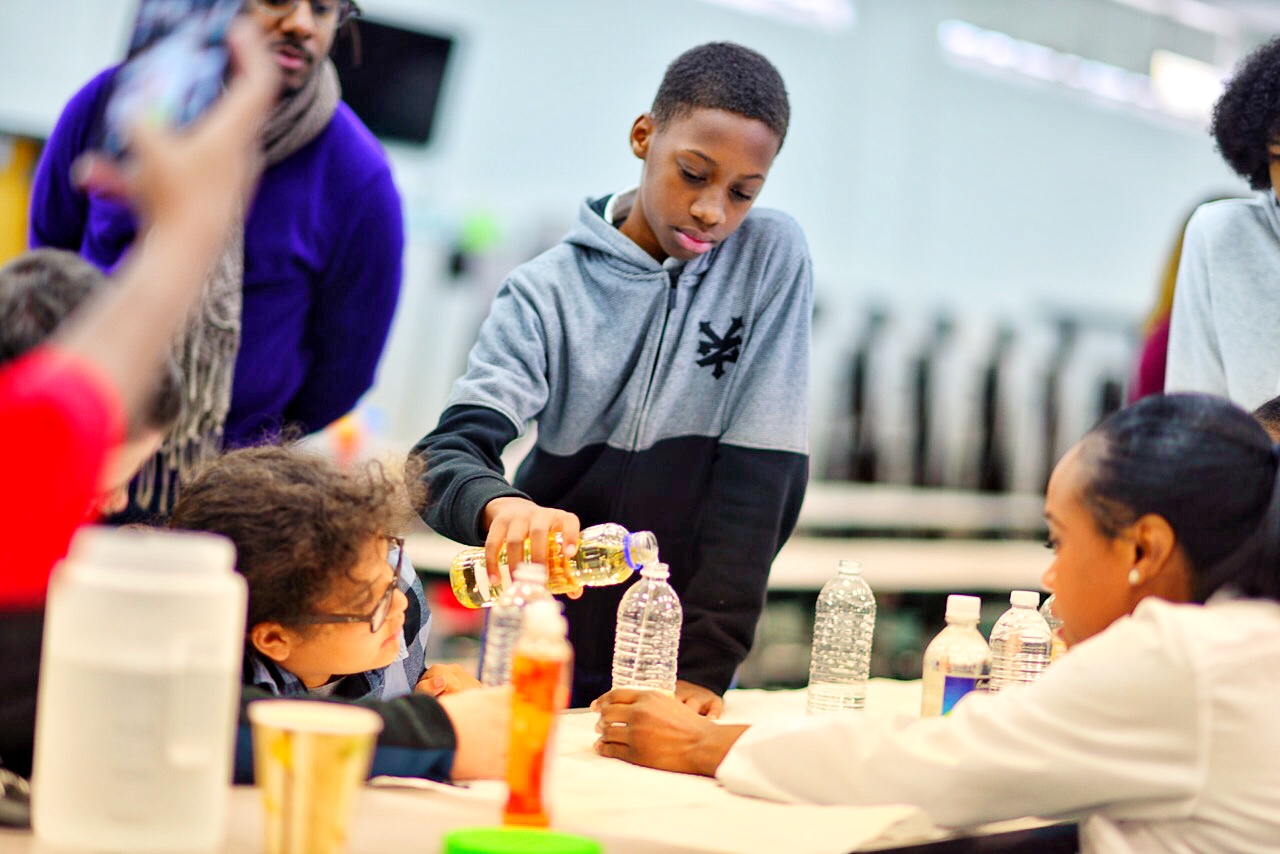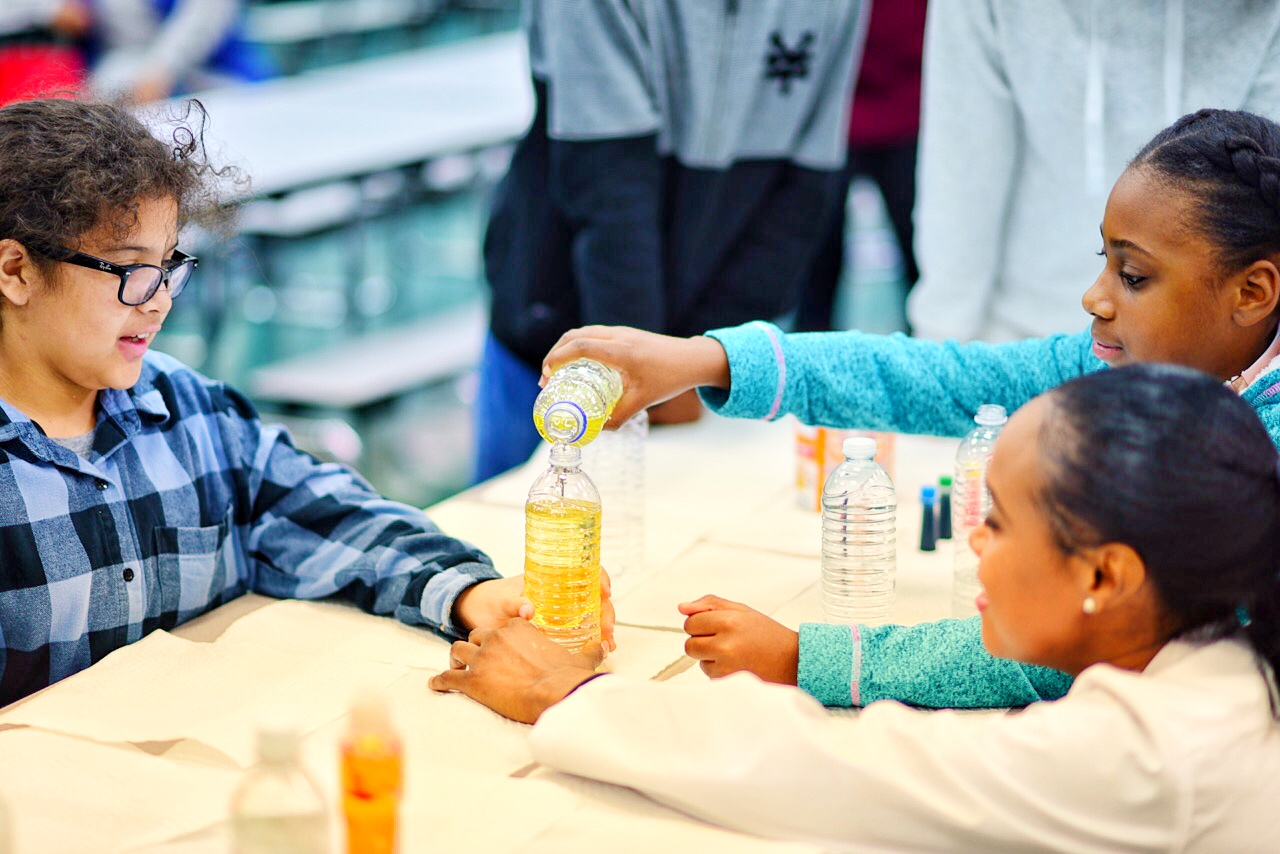Excellence through Exposure
"[Science] is more than a school subject, or the periodic table, or the properties of waves. It is an approach to the world, a critical way to understand and explore and engage with the world, and then have the capacity to change that world..."
— President Barack Obama, March 23, 2015
Help us raise funds to advance this program and our future. Become a FUNDRAISER or DONATE NOW.
Microsoft Virtual STEM Workshops
We are partnering with Microsoft to offer virtual STEM and STEAM workshops to children, ages 8+. The workshops and descriptions are posted below. The date for registration isTBD. Please continue to check back with us and on our social media platforms. Students must have an online connection and laptop or desktop. We are only able to provide loaner laptops if we receive additional funding and/or donations of functioning laptops/desktops.
If you would like to more information on the below workshops and/or to donate a functioning laptop/desktop please email office@tgnck.org
CODING
DESIGN AND CODE APPS - Age Range: 13+ years Duration: 1.5hrs
Create your own app in JavaScript using block-based programming. Or take your skills to the next level with text-based programming. Students will learn the basics of the JavaScript language and put their creativity and problem-solving skills to practice.
HOUR OF CODE MINECRAFT: AI - Age Range: 8+ years Duration: 1hr
In this virtual workshop, participants will be guided through unplugged activities, coding challenges, and interactive discussions to explore artificial intelligence (AI) and block-based coding, with a focus on completing quests.
During this workshop, participants will learn:
Basic principles of Minecraft
Coding concepts such as sequences, events, loops and AI
To read simple code, describe what it does, and build on their skill level and experience
To see creative possibilities of computer programing and understand that coding is for everyone
STEAM
VIRTUAL ROAD TRIP ACROSS AMERICA - Age Range: 8+ years Duration: 1.5hrs
Plan your perfect American road trip! During this virtual workshops, students will choose 3 national parks or monuments to explore in Bing maps and then put together an exciting PowerPoint presentation showcasing their virtual road trip. At the end of the workshop students will have learned how to research and organize information into a PowerPoint presentation.
21st Century Skills
Start Your Own Business - Age Range: 8+ years Duration: 2 Sessions 1.5hrs Each
Be inspired in this interactive workshop that offers entrepreneurial kids the knowledge, tools, and support to make their business idea a reality. Kids learn key concepts from testing their product or idea to protecting it and receive training on how to create their own business pitch. Participants will leave the workshop with resources and inspiration to continue their journey as emerging entrepreneurs.
Create a Difference in Your World - Age Range 8+ years Duration: 4 Sessions 2hrs Each
Students research and identify a cause they care about in their local community, and create action plans to fundraise, volunteers or get the word out about their personal cause. By the end of camp, students will:
Learn to research areas of interest
Develop personal passions and understand new ways to make connections with others
Gain new skills with Microsoft Office and Windows 10 applications such as Word, Excel, Cortana, Sway, Whiteboard, and Photos
Background
All young people should be prepared to think deeply and to think well so that they have the chance to become the innovators, educators, researchers, and leaders who can solve the most pressing challenges facing our nation and our world, both today and tomorrow. But, right now, not enough of our youth have access to quality STEM learning opportunities and too few students see these disciplines as springboards for their careers.
For example, we know that only 81 percent of Asian-American high school students and 71 percent of white high school students attend high schools where the full range of math and science courses are offered (Algebra I, geometry, Algebra II, calculus, biology, chemistry, and physics). The access to these courses for American Indian, Native-Alaskan, black, and Hispanic high school students are significantly worse. Children’s race, zip code, or socioeconomic status should never determine their STEM fluency. We must give all children the opportunity to be college-ready and to thrive in a modern STEM economy.
We also know that only 16 percent of American high school seniors are proficient in math and interested in a STEM career. Even among those who do go on to pursue a college major in the STEM fields, only about half choose to work in a related career. The United States is falling behind internationally, ranking 29th in math and 22nd in science among industrialized nations. What’s more, a recent survey revealed that only 29 percent of Americans rated this country’s K-12 education in STEM subjects as above average or the best in the world. In our competitive global economy, this situation is unacceptable.
Our Excellence through Exposure initiative is also dedicated to connecting children, from Title I schools, to animals. This project is designed to establish responsibility, accountability, team development, research skills, and an interest in Veterinary Science. Select partnered schools will receive an animal (reptiles, birds, fish, or other identified animals) and will identify and develop the best habitat for the animal.
Our first school, Fred Lynn Middle School, received two bearded dragons, Santino and Luca, at the end of the 2017-2018 school year. Upon visiting the Science department, we received a tour and briefing on the new personalities of the dragons. “Santino is my bestfriend” exclaimed my guide.
SNAPSHOT HIGHLIGHTS: COLLEGE & CAREER READINESS
Limited access to high-level math and science courses: Nationwide, only 50% of high schools offer
calculus, and only 63% offer physics.
Significant lack of access to other core courses: Nationwide, between 10-25% of high schools do not offer more than one of the core courses in the typical sequence of high school math and science education— such as Algebra I and II, geometry, biology, and chemistry.
Even less access for black, Latino, American Indian, and Alaska Native students: A quarter of high schools with the highest percentage of black and Latino students do not offer Algebra II; a third of these schools do not offer chemistry. Fewer than half of American Indian and Native-Alaskan high school students have access to the full range of math and science courses in their high school.
Growing opportunity gap in gifted and talented education: Black and Latino students represent 26% of the students enrolled in gifted and talented education programs, compared to black and Latino students’40% enrollment in schools offering gifted and talented programs.
Advanced Placement (AP) course enrollment and testing:
Black and Latino students make up 37% of students in high schools, 27% of students enrolled in at least one Advanced Placement (AP) course, and 18% of students receiving a qualifying score of 3 or above on an AP exam.
English learners represent 5% of high school students, 2% of the students enrolled in at least one AP course, and 1% of the students receiving a qualifying score of 3 or above on an AP exam.
Students with disabilities served by IDEA represent 12% of high school students, 2% of students enrolled in an AP course, and 1% of the students receiving a qualifying score of 3 or above on an AP exam.
OUR GOAL
We believe that exposing children to STEM learning opportunities and various social skills will increase their interest in the program domains and influence behaviors their current situations may not provide. We have partnered with local and long-distant Science, technology, engineers, and mathematician professionals to create a hands-on learning environment, through rotating break-out sessions, for participating middle school students. Excellence through Exposure will be offered at our partnered schools on specific Saturdays for two hours. Parents must remain at the facility but are strongly urged to allow our facilitators to maintain control during the event. Any child that continues to disrupt the session will be asked to leave the event. This event is free and refreshments will be available for all student participants.
Economically disadvantaged children enter school with less developed cognitive skills than their peers and then make lower grades and test scores, take lower level course work, and ultimately obtain fewer degrees (Barker & Coley, 2007; Duncan, Brooks-Gunn, Yeung, & Smith, 1998; Peters & Mullis, 1997; Raver, Gershoff, & Aber, 2007). Thus, economic disadvantage can derail the trajectories of educational attainment on which long-term socioeconomic attainment is predicated. Many structural mechanisms for these patterns have been identified (Arum, 2000; Bernhardt, Morris, Handcock, & Scott, 2001; Leventhal & Brooks-Gunn, 2000). Developmentalists have elucidated how the risks of economic disadvantage are also rooted in interpersonal contexts (McLoyd, 1998). Such research is exemplified by the family socialization (or process) model, which theorizes that the effects of economic stratification are filtered through family dynamics. In short, the stresses of economic hardship disrupt parents’ lives in ways that alter the organization of the home, family relations, and the psychological well-being of family members. Such changes are then manifested in child maladjustment (Elder, 1974; McLoyd, 1998).
Excellence through Exposure






